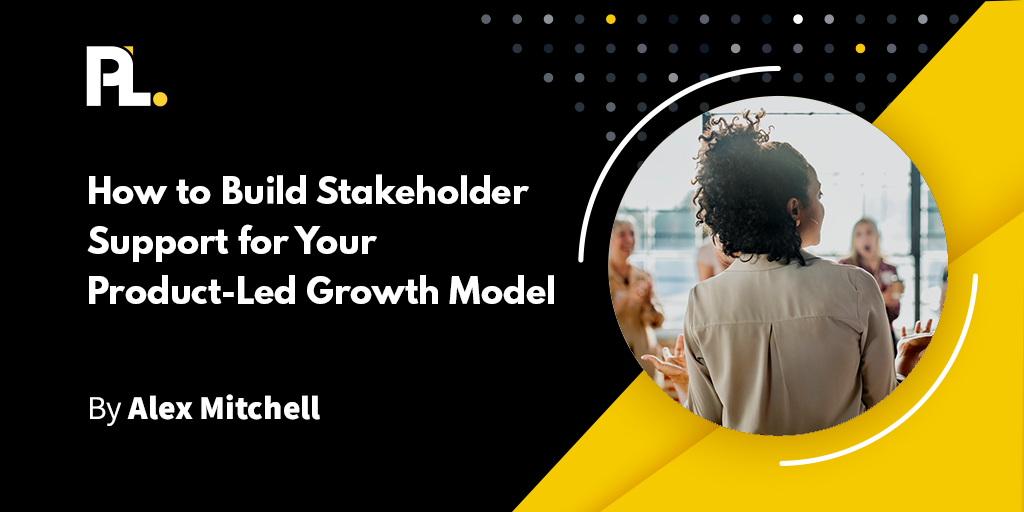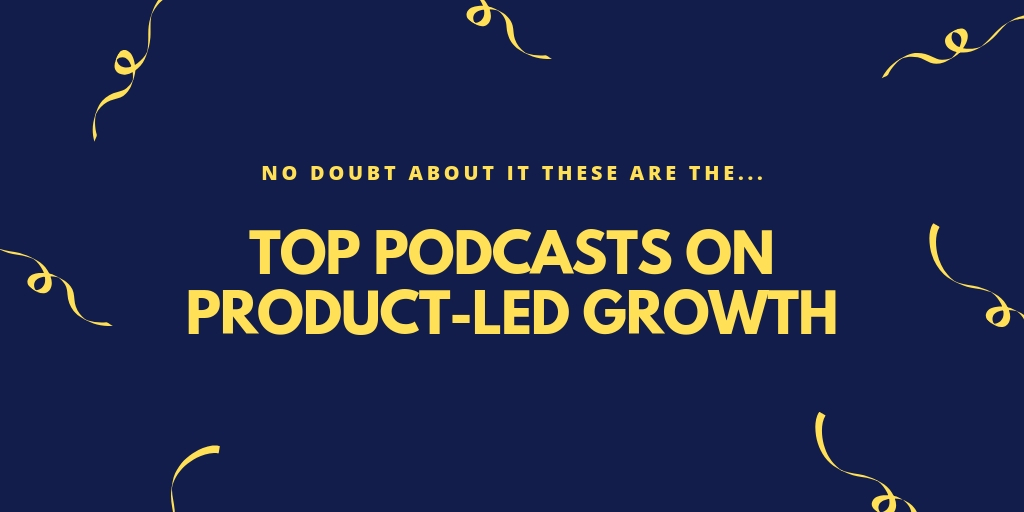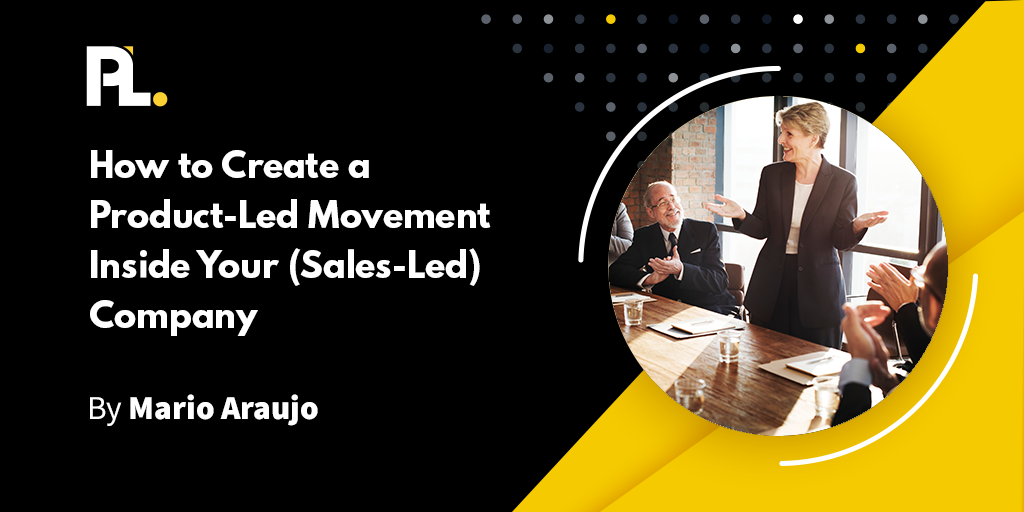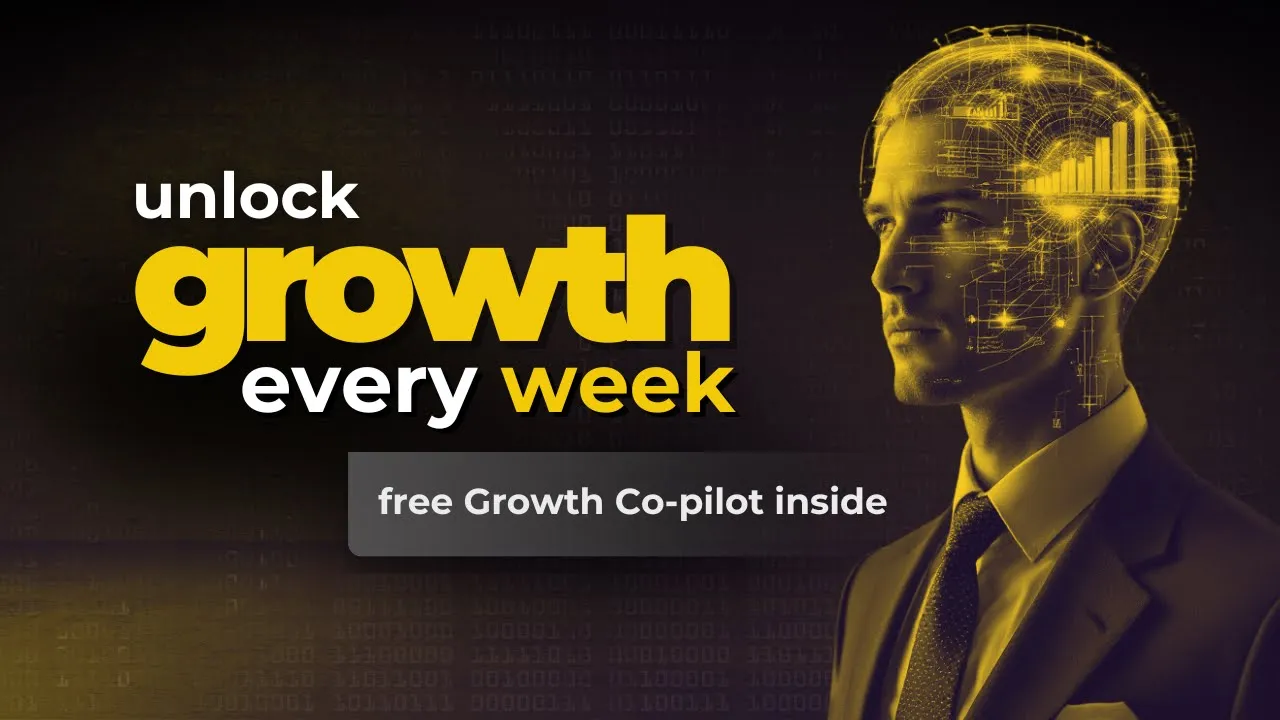
Transitioning to a product-led growth (PLG) model is no easy feat. To do it successfully is even harder.
Since working with ProductLed, Enzuzo has revamped its freemium model and made significant onboarding changes that have doubled its free-to-paid conversion rate.
In this post, we’ll share how they got started, the roadblocks they encountered, how they tackled them, and the results.
Where they started: a pivot to Shopify
Enzuzo is a data privacy Shopify app. But they didn’t start out that way.
When they first brought their privacy tool to market, they weren’t even in the ecommerce space.
But like many other businesses, they felt the heat of the pandemic. In the Spring of 2020, they decided to pivot to ecommerce and launched a Shopify app.
While product-led growth has always been on Enzuzo’s radar, it wasn’t until they made this switch they decided to go all-in on PLG.
So how exactly did they go about the process?
We’re about to walk you through it:
- Step One: Choosing a PLG Model
- Step Two: Define the details
- Step Three: Creating a company culture
Finally, we’ll end with the results they’ve had since implementing this model.
Step One: Choosing a PLG Model
Which one is better–a free trial or a freemium model?
This is the million-dollar question (literally).
For those of you who are making that decision right now, you should check out this article.
But there are two main factors to consider when looking at which strategy is right for your business:
- Free Trial: This model works really well when a product immediately shows its value. Within a user’s first interaction with your product, they’re able to see real value from it. This usually happens within the first day or week.
- Freemium Model: This is great for products with a longer time-to-value. It allows users to stick around a bit to see its value to decide whether or not it’s a good fit for them. This model allows users to try out the product without a time limit.
The latter is the main reason Enzuzo settled on a freemium model. While their product allows users to add privacy policies and cookies to websites, it doesn’t instantly make users more money.
As Enzuzo quickly learned, choosing to go the freemium route was just the beginning.
Step Two: Define the details
As any business that has transitioned to become product-led knows, there is a huge range of issues that need to be addressed.
Challenges like:
Pricing and features: A company’s survival depends on paid plans. And scaling a business with a low price-point is daunting. So experimenting with price points and features is a top priority.
Education: In a typical B2B sales-led process, a sales rep is the educator; they jump in and convey the product’s value. But in a product-led company, it’s up to the product to convey that value or education to decrease the time-to-value.
UX design: With a product-led model, the product does all the talking. If there’s a gap in the user experience component of the product, it affects the overall performance of the product.
Customer Intent: A freemium model attracts users who have an immediate need. But what exactly is that need? Understanding the user is essential to creating a valuable product worth paying for.
So how did they tackle these roadblocks?
It became a company mindset.
Step Three: Creating a company culture
Transitioning to a product-led growth model doesn’t just require one department. It’s a team sport.
A cross-functional team is the key to product growth. And Enzuzo takes it to heart. With every department on board to be product-led, they’re able to embed the mindset into everything they do:
- The product team sorts through the pricing and features. Since the company’s success relies on the paid plan, they decided that key features like customization and translations would remain separate from the freemium product.
The result is a four-tiered pricing plan:

- The marketing team works on onboarding new users to remove the obstacles it takes for them to become paying customers. Their focus on Straight-Line Onboarding has streamlined their sign-up flow, significantly impacting revenue (more on that below).
- The product team builds functionality users are asking for, while also creating new features that attract potential customers. As data privacy becomes more of a concern for consumers, the team is developing innovative features that will provide extreme value to users.
- The design team continuously works to create a seamless overall customer experience. They’ve married both the website and product to create a cohesive experience for users.
So was sorting through all the pains of a freemium business model worth it?
The Results
Take a look at what Enzuzo has experienced since July 2021:
Increase in Monthly Recurring Revenue: With a focus Straight-Line Onboarding, they now ask users to choose what plan they want versus asking them to upgrade with the first 7 days.

Onboarding went from:
Install → Free → Upgrade (within the first 7 days)
to
Install → Paid
Thanks to this shift, their signup to paid conversion rate has doubled.
Faster Sales Cycle: It’s now about 15 minutes. As a bonus, the entire team is notified every time a customer installs or uninstalls their product through a message on Slack.
Instant User Feedback: Every general, support, or feature request is funneled into a Slack channel. Every team member sees several dozen Slack messages a day, which helps them address issues quicker.

All of this screams: yes, it’s worth it!
While the initial transition to launching a freemium model might feel daunting, as Enzuzo shows, the payoffs are certainly worth it.
Designing a product-led model is a crucial part of ProductLed's nine-component coaching program. Join 408+ product-led companies that have scaled more efficiently and profitably with our proven three-phase system.





















